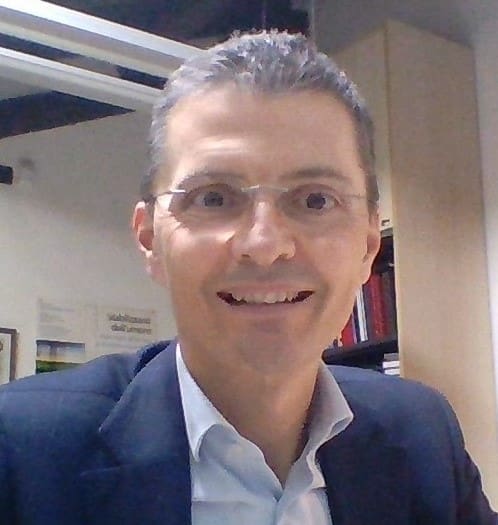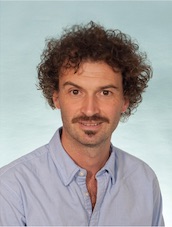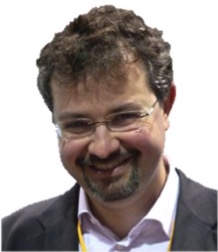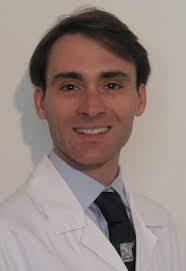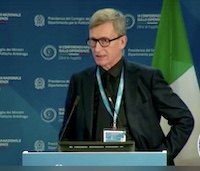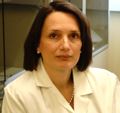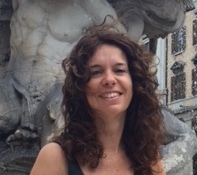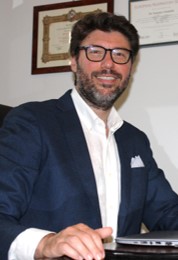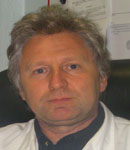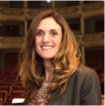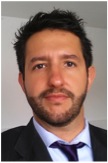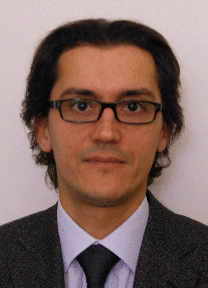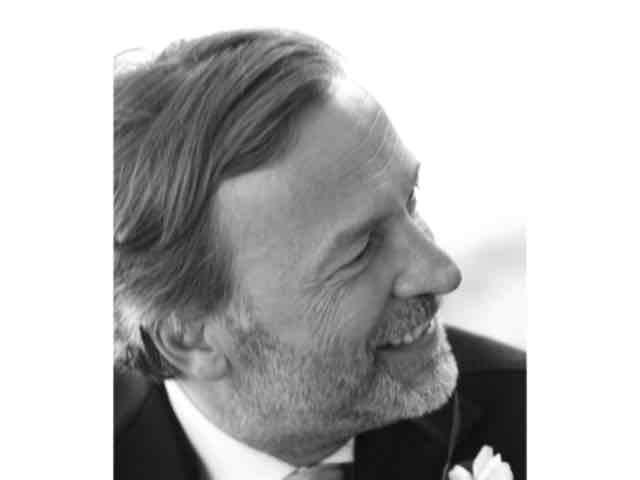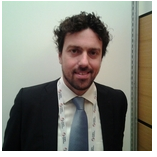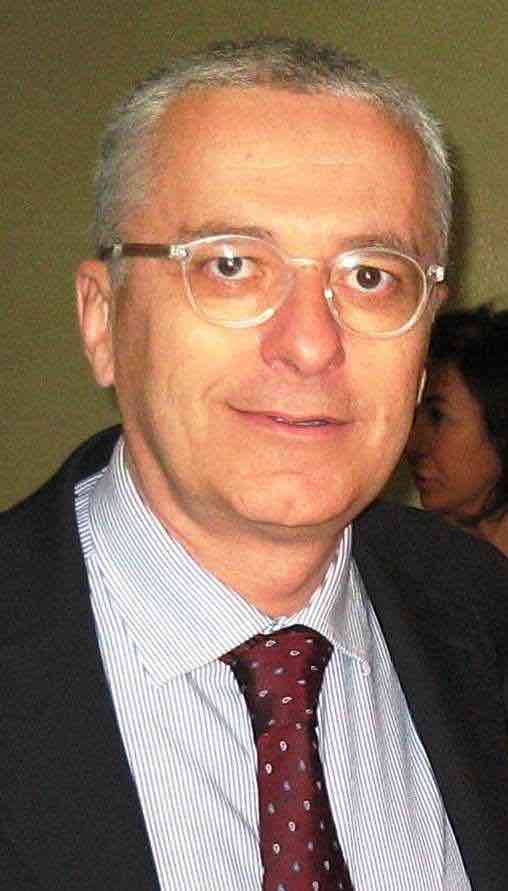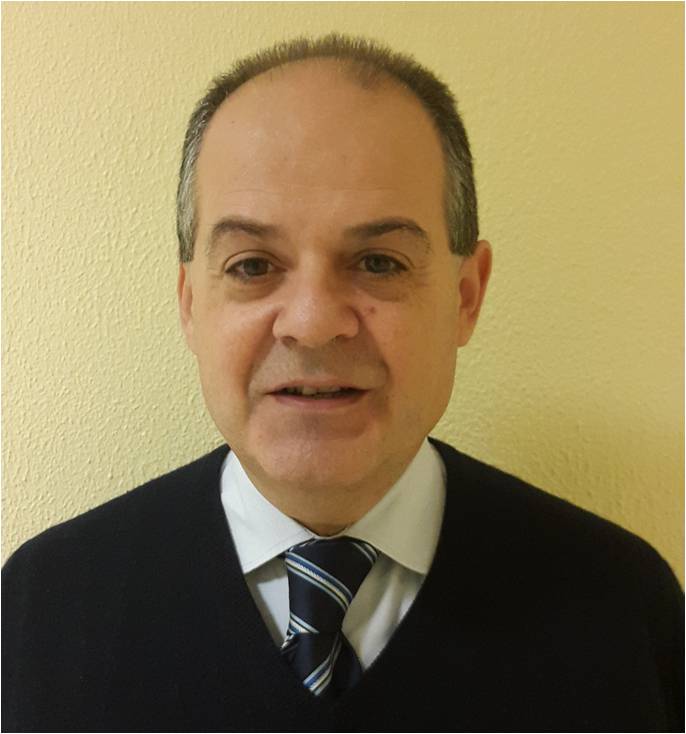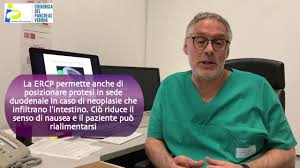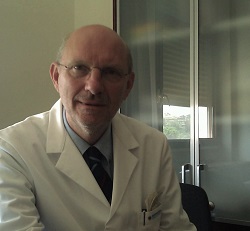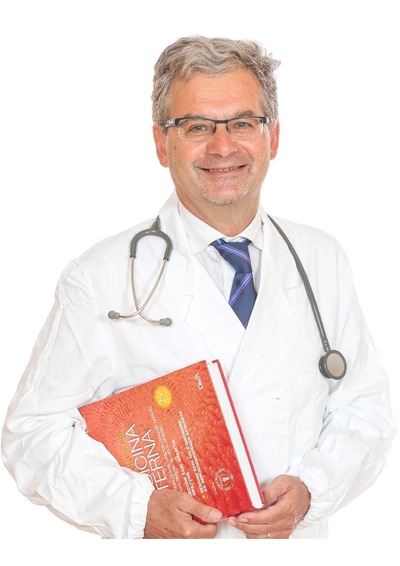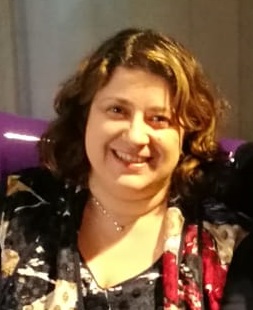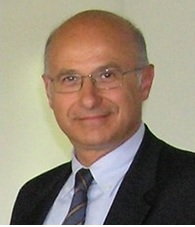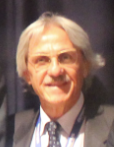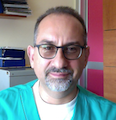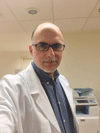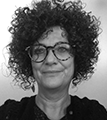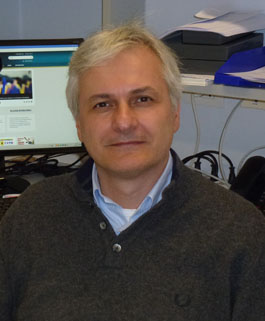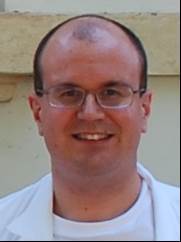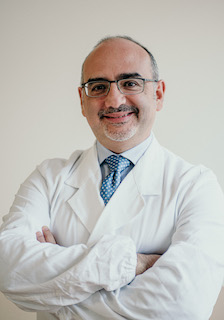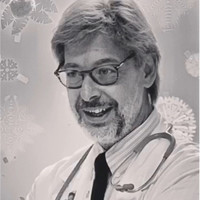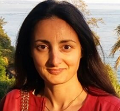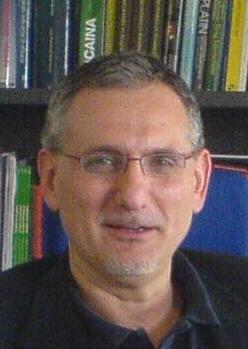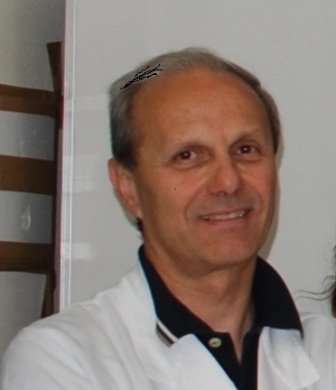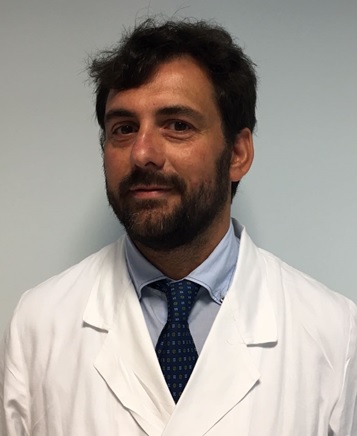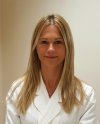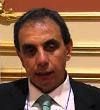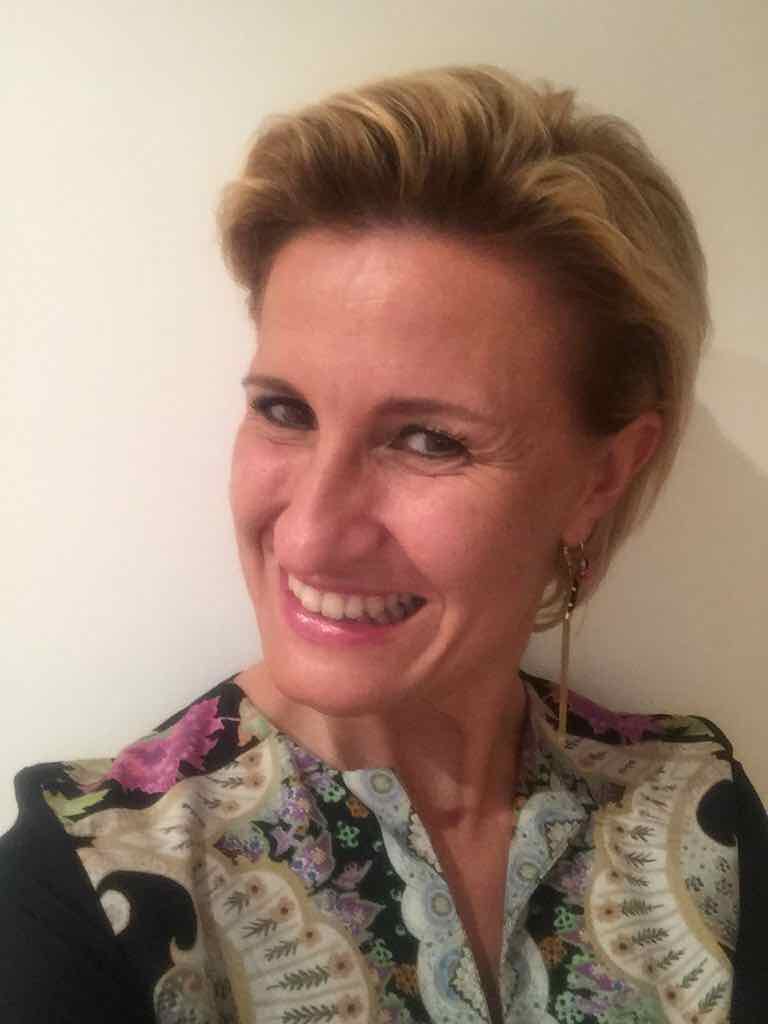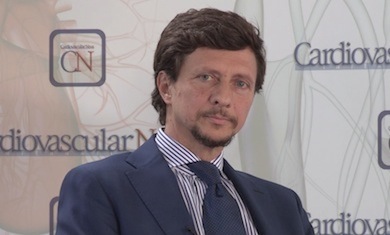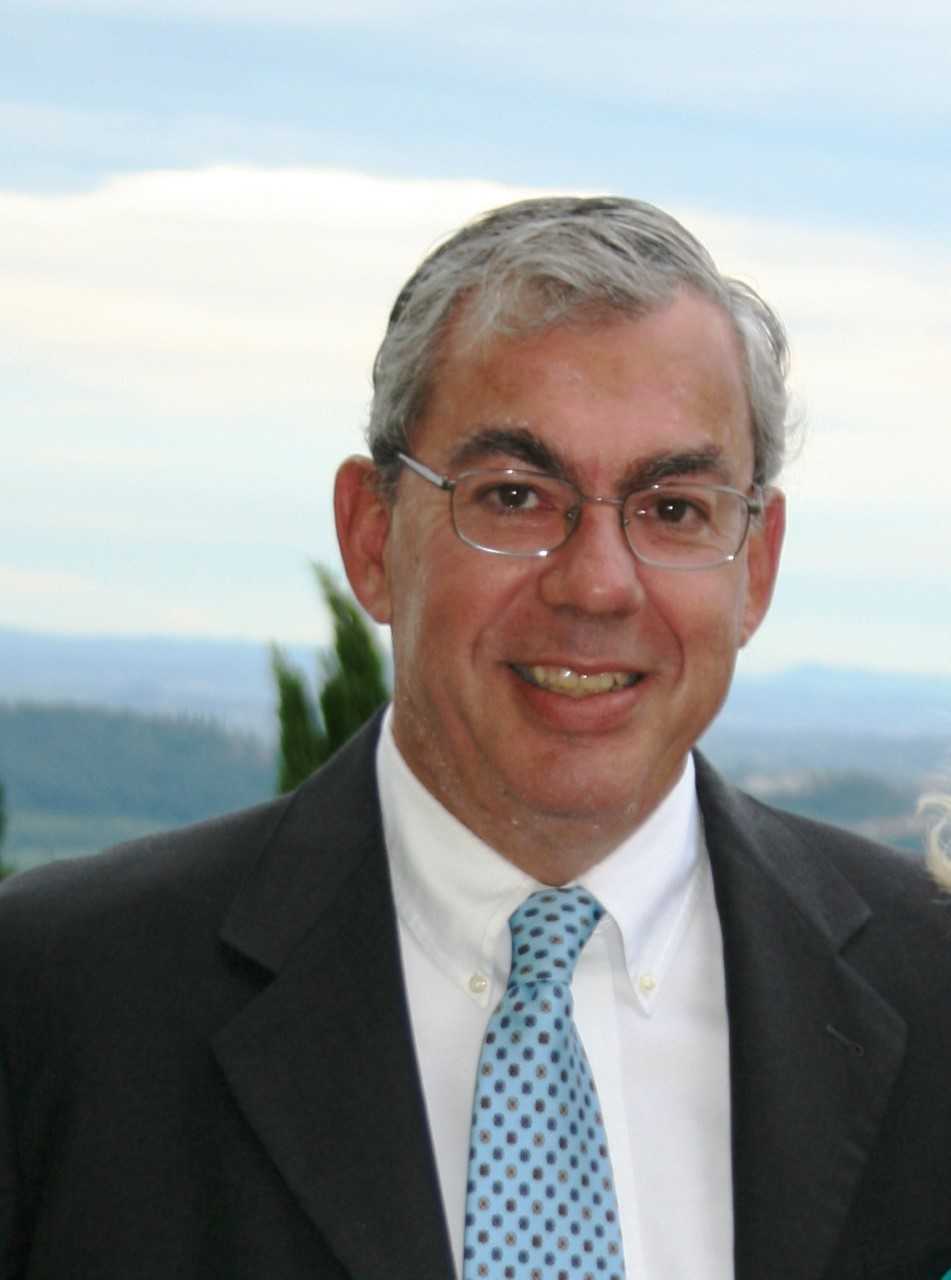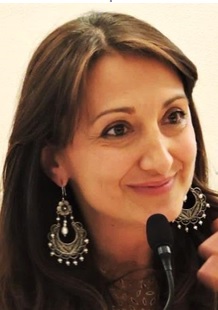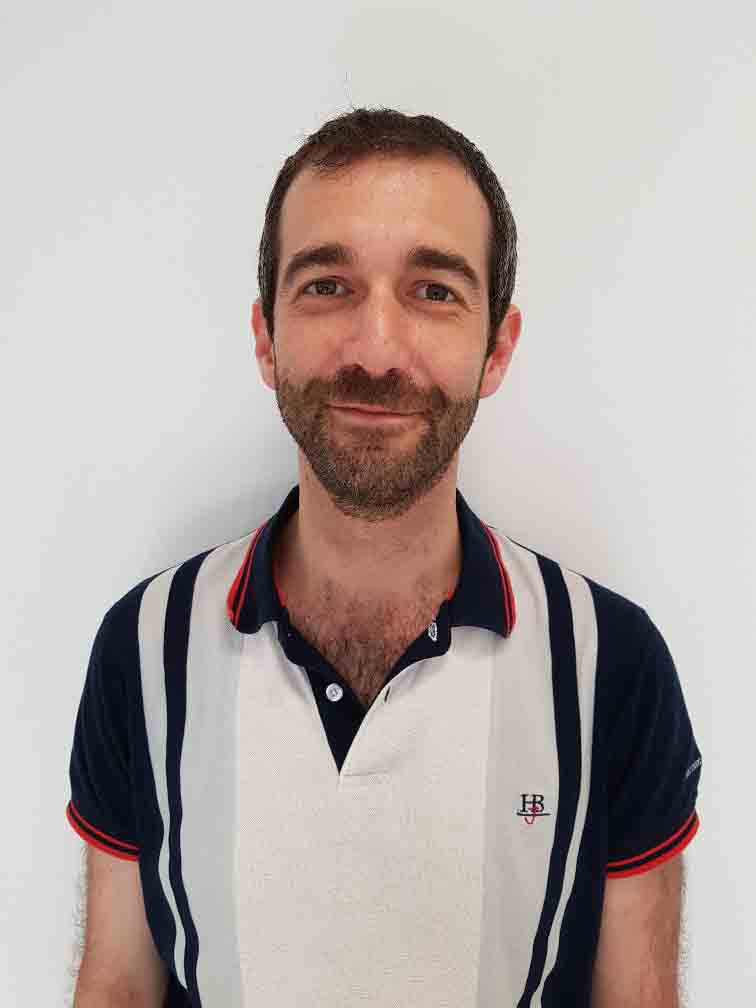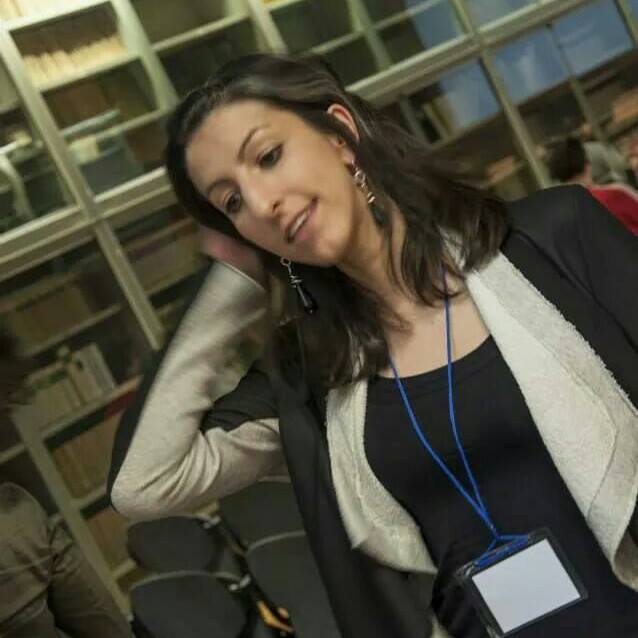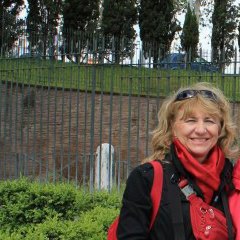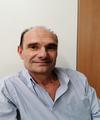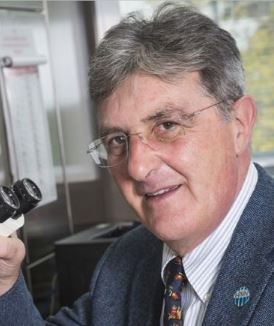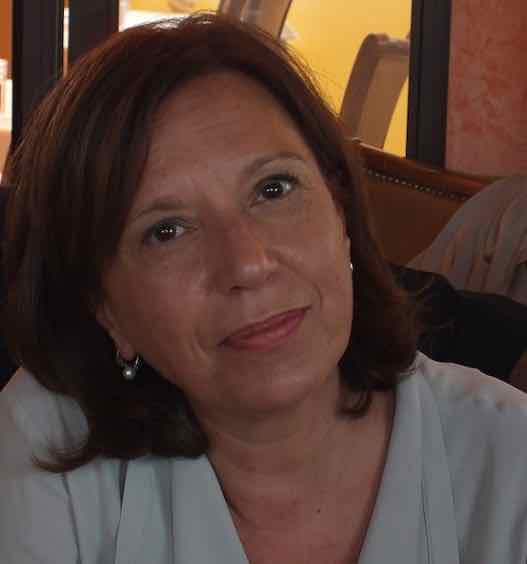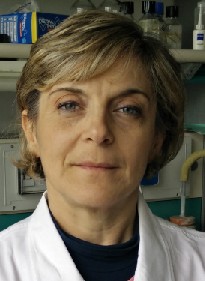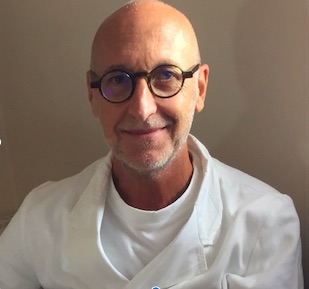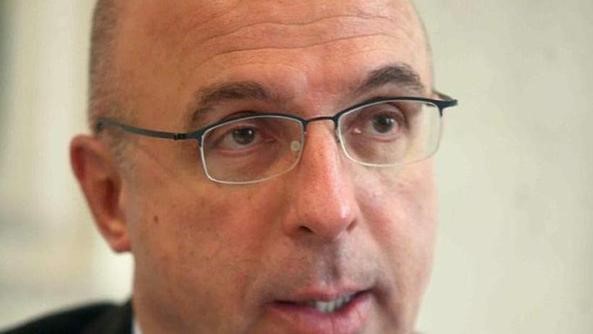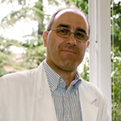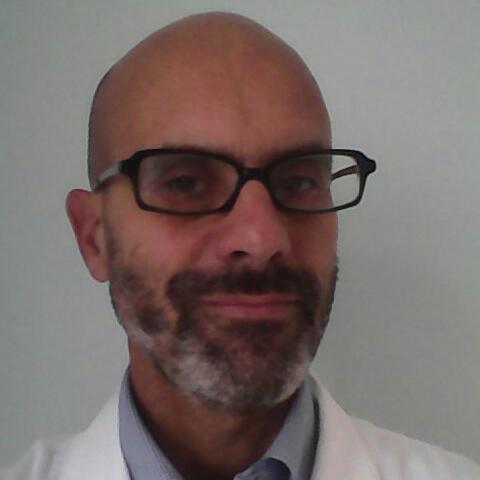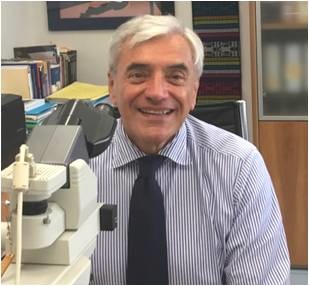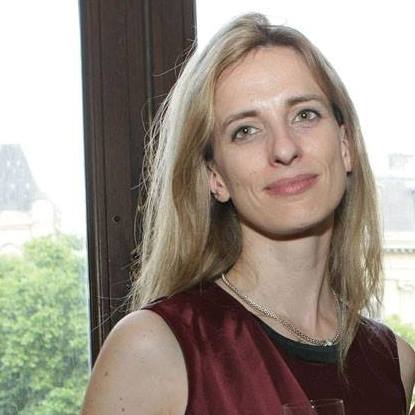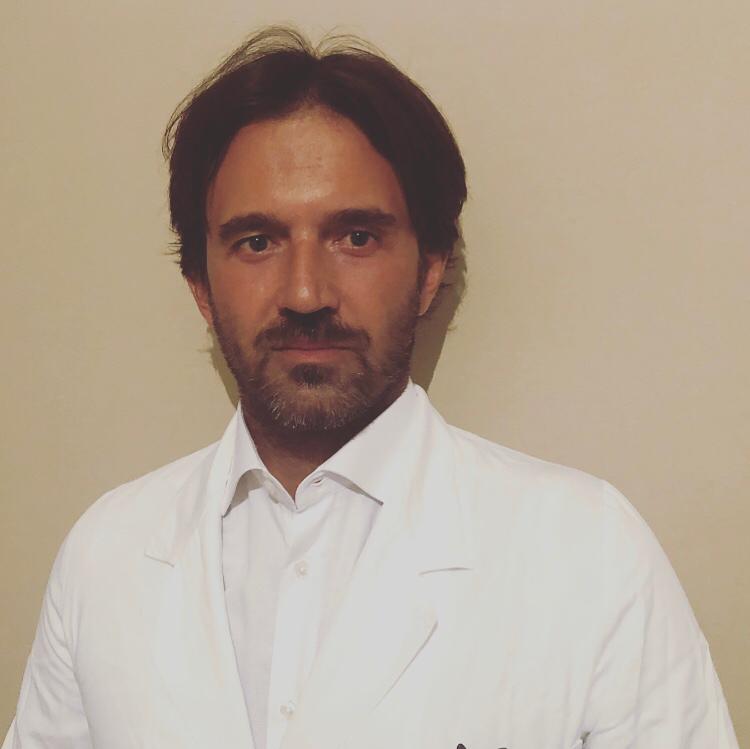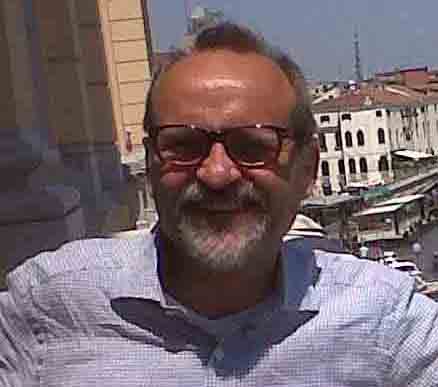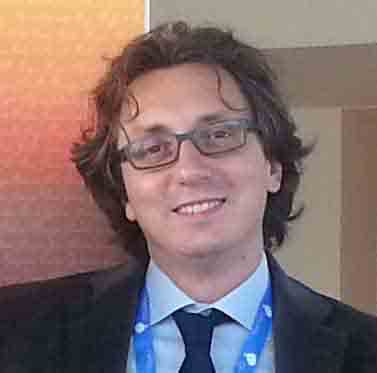Studying at the University of Verona
Academic calendar
The academic calendar shows the deadlines and scheduled events that are relevant to students, teaching and technical-administrative staff of the University. Public holidays and University closures are also indicated. The academic year normally begins on 1 October each year and ends on 30 September of the following year.
Course calendar
The Academic Calendar sets out the degree programme lecture and exam timetables, as well as the relevant university closure dates..
| Period | From | To |
|---|---|---|
| 1° semestre | Oct 1, 2020 | Dec 23, 2020 |
| 2° semestre | Feb 22, 2021 | May 28, 2021 |
| Session | From | To |
|---|---|---|
| Iscrizione ai corsi elettivi I semestre | Sep 4, 2020 | Oct 2, 2020 |
| Sessione per studenti fuori corso | Oct 1, 2020 | Sep 30, 2021 |
| Sessione invernale | Jan 4, 2021 | Feb 19, 2021 |
| Iscrizione ai corsi elettivi II semestre | Jan 13, 2021 | Feb 16, 2021 |
| Sessione estiva VI anno | Apr 1, 2021 | Jul 30, 2021 |
| Sessione estiva | Jun 3, 2021 | Jul 30, 2021 |
| Sessione autunnale | Sep 1, 2021 | Sep 30, 2021 |
| Session | From | To |
|---|---|---|
| Sessione straordinaria 2019/2020 - I laureandi straordinaria devono terminare gli esami entro il 19 febbraio 2021 | Mar 15, 2021 | Mar 26, 2021 |
| Sessione estiva - I laureandi nella sessione di luglio devono terminare gli esami entro il 15 giugno 2021 | Jul 5, 2021 | Jul 15, 2021 |
| Sessione autunnale - I laureandi di ottobre devono terminare gli esami entro il 25 settembre 2021 | Oct 11, 2021 | Oct 22, 2021 |
| Period | From | To |
|---|---|---|
| Festa dell'Immacolata | Dec 8, 2020 | Dec 8, 2020 |
| Vacanze Natalizie | Dec 24, 2020 | Jan 3, 2021 |
| VACANZE PASQUALI | Apr 2, 2021 | Apr 5, 2021 |
| Santo Patrono | May 21, 2021 | May 21, 2021 |
| Vacanze Estive | Aug 9, 2021 | Aug 15, 2021 |
| Description | Period | From | To |
|---|---|---|---|
| Esercitazioni, Attività pratiche, Tirocini professionalizzanti | Esercitazioni, Attività pratiche, Tirocini professionalizzanti | Oct 1, 2020 | Sep 30, 2021 |
Exam calendar
Exam dates and rounds are managed by the relevant Medicine Teaching and Student Services Unit.
To view all the exam sessions available, please use the Exam dashboard on ESSE3.
If you forgot your login details or have problems logging in, please contact the relevant IT HelpDesk, or check the login details recovery web page.
Should you have any doubts or questions, please check the Enrollment FAQs
Academic staff
 amod101@yahoo.it; antonio.amodio@ospedaleuniverona.it
amod101@yahoo.it; antonio.amodio@ospedaleuniverona.it

Bagante Fabio
 fabio.bagante@univr.it
fabio.bagante@univr.it
 0458124411
0458124411

Bassi Claudio
 claudio.bassi@univr.it
claudio.bassi@univr.it
 +39 045 812 4553
+39 045 812 4553
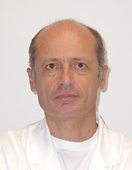
Bisoffi Zeno
 zeno.bisoffi@sacrocuore.it
zeno.bisoffi@sacrocuore.it
 +390456013326
+390456013326
 rebecca.casari@aovr.veneto.it
rebecca.casari@aovr.veneto.it
 giuseppe.faggian@univr.it
giuseppe.faggian@univr.it
 davide.gatti@univr.it
davide.gatti@univr.it
 guido.martignoni@univr.it
guido.martignoni@univr.it
 oliviero.olivieri@univr.it
oliviero.olivieri@univr.it
 nicola.pelizzari@univr.it
nicola.pelizzari@univr.it
Pighi Michele
 michele.pighi@univr.it
michele.pighi@univr.it
 0458122320
0458122320
 sara.pilotto@univr.it
sara.pilotto@univr.it
 daniele.prati@univr.it
daniele.prati@univr.it
 elda.righi@univr.it
elda.righi@univr.it

Scuro Alberto
 alberto.scuro@univr.it
alberto.scuro@univr.it
 +39 045 812 4413
+39 045 812 4413
 jacopo.weindelmayer@aovr.veneto.it
jacopo.weindelmayer@aovr.veneto.it
Study Plan
The Study Plan includes all modules, teaching and learning activities that each student will need to undertake during their time at the University.
Please select your Study Plan based on your enrollment year.
1° Year
| Modules | Credits | TAF | SSD |
|---|
2° Year activated in the A.Y. 2021/2022
| Modules | Credits | TAF | SSD |
|---|
3° Year activated in the A.Y. 2022/2023
| Modules | Credits | TAF | SSD |
|---|
4° Year activated in the A.Y. 2023/2024
| Modules | Credits | TAF | SSD |
|---|
5° Year It will be activated in the A.Y. 2024/2025
| Modules | Credits | TAF | SSD |
|---|
6° Year It will be activated in the A.Y. 2025/2026
| Modules | Credits | TAF | SSD |
|---|
| Modules | Credits | TAF | SSD |
|---|
| Modules | Credits | TAF | SSD |
|---|
| Modules | Credits | TAF | SSD |
|---|
| Modules | Credits | TAF | SSD |
|---|
| Modules | Credits | TAF | SSD |
|---|
| Modules | Credits | TAF | SSD |
|---|
Legend | Type of training activity (TTA)
TAF (Type of Educational Activity) All courses and activities are classified into different types of educational activities, indicated by a letter.
Histology and Embryology (2020/2021)
Teaching code
4S02619
Credits
9
Language
Italian
Location
VERONA
Scientific Disciplinary Sector (SSD)
BIO/17 - HISTOLOGY
The teaching is organized as follows:
Lezioni di di Istologia e Embriologia
Esercitazione di Istologia e Embriologia
Learning outcomes
The course is aimed at providing the fundamentals of human cell and tissue organization, as well as of the prenatal development of the body. The main thread of the curriculum is the relationship between morphology and function. To such aim, one of the primary goals is the development of the necessary visuospatial skills, namely the ability to recognize the structures of interest, their order of magnitude, 3D shape, and mutual spatial relationships, on the basis of histological preparations and images. Another primary goal is the development of the linguistic and expressive skills indispensable to properly communicate the acquired knowledge. The practice sessions, based on the study of virtual histological slides, play a central role in achieving the goals.
Program
- METHODOLOGICAL APPROACHES TO THE STUDY OF CELLS AND TISSUES - Methods and tools for the study of the structure and fine structure of cells and tissues: fixation, embedding, cutting of histological sections, stains; principles of light microscopy in bright field, in fluorescence (including confocal microscopy), transmission electron microscopy and scanning electron microscopy, multiphoton microscopy; histochemical and immunohistochemical techniques; in vitro cell cultures. - CYTOLOGY - General concepts of cell, tissue, organ, apparatus; living substance; cell differentiation - The stem cells - Plasma membrane: structure (lipid bilayer, proteins, channel proteins) and functions; cell surface receptors; cell signaling and signal transduction. - Plasma membrane permeability: mechanisms of passive and active transport across the membrane; carrier proteins. - Plasma membrane specializations and their functional role: glycocalyx; specializations of the free surface (microvilli, cilia, flagellum); intercellular junctions (tight junctions, zonula adherens, desmosomes, gap junctions). - Exocytosis, endocytosis. - Cytoplasm and cell organelles: cytosol; cytoskeleton (microtubules, microfilaments, intermediate filaments); rough and smooth endoplasmic reticulum; ribosomes (and principles of protein synthesis); Golgi apparatus (and principles of protein sorting); lysosomes and phagocytosis; peroxisomes; mitochondria; mitotic apparatus; cell inclusions. - Nucleus: nuclear envelope and nuclear pores; chromatin; nucleolus. - Notes on mitosis and meiosis (dealt with in detail in the Biology course). - Cell death: necrosis, apoptosis, autophagy. - TISSUES - Main families of tissues and their features of organization. - Epithelial tissues: main types and functions. - Epithelium (coating epithelia): cytological features, classification, regeneration. Epidermis and keratynocytes. - Sensory epithelia - Glands: exocrine and endocrine secretion; classification of exocrine glands; types of endocrine glands. - Tissues derived from mesenchymal cells (connective tissues): classification; cell differentiation lines. - Connective tissue: extracellular matrix composition; fibers: collagen fibers, reticular and elastic fibers, collagen synthesis; fibroblasts and other cell components (T and B lymphocytes, plasma cells, macrophages); notes on the immune system. - Adipose tissue: white and brown types, structure and function; adipocytes. - Cartilage: structure and features; hyaline and elastic cartilage, fibrocartilage. Extracellular matrix and chondrocytes. Chondrogenesis - Bone: structure and features. Compact bone and spongy bone. Osteon, lamellar arrangement. Extracellular matrix; blood supply and innervation. Cells: osteoblasts, osteocytes, osteoclasts. Intramembranous and endochondral osteogenesis. Repair mechanisms. - Blood: plasma, red and white cells, platelets. - Lymph: composition and circulation. - Hematopoietic tissue: compartments; formation of erythrocytes, leukocytes, platelets. - Dental tissues. Enamel organ and tooth histogenesis. - Muscle: general features, functions, innervation of the different types of muscle. Skeletal muscle: muscle fiber, sarcomere. Cardiac muscle. Types f sarcoplasmic reticulum. Smooth muscle. - Nervous tissue: general features and functions. The neuron: cell body and dendritic arborizations; axon; myelin sheath. Synapsis (including the neuromuscular junction). Axonal transport. Glail cells (astrocytes, microglia, oligodendrocytes, Schwann cells): types and fetaures; myelin formation; structure and function of the blood-brain barrier; notes on neuroplasticity; regenerative capacity and potential in the central and peripheral nervous tissue. HUMAN EMBRYOLOGY - Gametogenesis - Ovarian cycle and menstrual cycle - Fertilization - Zygote segmentation - Blastocyst and its implantation - Bilaminar germinal disc - Gastrulation; neurulation; formation of the somites. - Pharyngeal arches - Embryo and fetus developmental stages - Placenta; fetal membranes - Development of the face (including the formation of the palate and the tongue) and of the skull - Development of the limbs - Development of the respiratory apparatus - Development of the gastrointestinal tract - Development of the urogenital apparatus - Development of the cardiovascular system - Development of the nervous system
Bibliography
| Activity | Author | Title | Publishing house | Year | ISBN | Notes |
|---|---|---|---|---|---|---|
| Lezioni di di Istologia e Embriologia | Bertini G. et al. | Embriologia Umana | Idelson Gnocchi | 2019 | 9788879476867 | |
| Lezioni di di Istologia e Embriologia | Adamo e Coll | Istologia di Monesi | Piccin | 2017 | ||
| Lezioni di di Istologia e Embriologia | Di Primio e Coll | Istologia Umana | Idelson-Gnocchi | 2017 | ||
| Lezioni di di Istologia e Embriologia | Moore, Persaud | Lo sviluppo prenatale dell'uomo | EdiSES | 2017 | ||
| Esercitazione di Istologia e Embriologia | Leslie P. Gartner & James L. Hiatt | Atlante a colori e testo di Istologia | Piccin | 2017 | 978-88-299-2835-4 | |
| Esercitazione di Istologia e Embriologia | Gianpaolo Papaccio | Atlante di Istologia (Edizione 3) | Idelson Gnocchi | 2017 | 9788879476591 | |
| Esercitazione di Istologia e Embriologia | Bani et al | Istologia - Atlante (Edizione 7) | Idelson-Gnocchi | 2016 | 9788879476133 |
Examination Methods
The exam is oral on the four parts of the course:
1) Interpretation and description of a histological preparation in light microscopy (exam related to the practicals)
2) Cytology
3) Embryology
4) The tissues
A vote is given on each of these parts; the final vote is the arithmetic mean vote. A sufficient vote on part 1 is needed for the subsequent parts of the exam. The exam will have to be repeated entirely in case of insufficient vote in any of the parts.
Free choice courses
Career prospects
Module/Programme news
News for students
There you will find information, resources and services useful during your time at the University (Student’s exam record, your study plan on ESSE3, Distance Learning courses, university email account, office forms, administrative procedures, etc.). You can log into MyUnivr with your GIA login details: only in this way will you be able to receive notification of all the notices from your teachers and your secretariat via email and soon also via the Univr app.
Erasmus+ e altre esperienze all'estero
Extra courses and activities
Opzioni (cambio di ordinamento)
Studenti iscritti alla classe LM/41 (Classe delle lauree magistrali in medicina e chirurgia)
Il MUR, con nota prot. n. 8610 del 25/3/2020 avente oggetto: “Abilitazione all’esercizio della professione di Medico-Chirurgo - art. 102 - Decreto legge 17 marzo 2020 n. 18 (convertito con modificazioni dalla L. 24 aprile 2020, n. 27), dispone l’adeguamento dell’ordinamento della classe LM/41 alle normative citate in oggetto.
Coloro i quali hanno concluso/concluderanno il tirocinio pratico-valutativo pre-lauream con giudizio di idoneità (ai sensi del DM 58/2018), conseguita la laurea, sono abilitati all’esercizio della professione di medico-chirurgo e possono procedere all’iscrizione presso l’Ordine dei Medici.
Rilascio del titolo di abilitazione
Ai fini del rilascio dell’abilitazione professionale è richiesto il pagamento delle seguenti tasse:
- tassa erariale pari a € 49,90 da versarsi prima che inizi la frequenza del tirocinio pratico valutativo
- tassa regionale di abilitazione da versarsi all’atto della consegna del titolo di abilitazione.
Studenti iscritti alla classe 46/S (Classe delle lauree specialistiche in medicina e chirurgia) e ordinamenti previgenti (attualmente fuori corso) oppure studenti iscritti alla classe LM/41 con coorti antecedenti alla coorte 2014 (attualmente fuori corso).
Il MUR, con nota prot. n. 8610 del 25/3/2020 avente oggetto: “Abilitazione all’esercizio della professione di Medico-Chirurgo - art. 102 - Decreto legge 17 marzo 2020 n. 18” dispone che, gli iscritti agli ordinamenti previgenti, con tirocinio pratico previsto post – laurea (ai sensi del DM 445/2001), ferme restando le norme sulla decadenza dagli studi, possono concludere il percorso di studio senza dovere necessariamente acquisire, ai fini dell’ammissione all’esame finale di laurea, il giudizio di idoneità del suddetto tirocinio pratico valutativo. In tal caso il diploma di laurea che rilascerà l’Ateneo avrà la sola valenza di titolo accademico. Resterà ferma, in ogni caso la possibilità per tali soggetti di conseguire eventualmente l’abilitazione all’esercizio della professione di medico-chirurgo in un momento successivo, secondo le modalità di cui al comma 2 dell’art.102, cioè conseguendo la valutazione del tirocinio prescritta dal D.M. n. 445/2001. L’Ateneo continuerà a predisporre un separato diploma di abilitazione.
Si ricorda che ai suddetti studenti è in ogni caso consentita l’opzione al nuovo ordinamento secondo i termini e le modalità previste.
Documents
| Title | Info File |
|---|---|
|
|
pdf, it, 525 KB, 14/06/21 |
|
|
pdf, it, 419 KB, 14/06/21 |
|
|
pdf, it, 377 KB, 12/12/23 |
|
|
pdf, it, 483 KB, 10/02/23 |
|
|
pdf, it, 481 KB, 10/02/23 |
Timetable
Documents
| Title | Info File |
|---|---|
|
|
pdf, it, 19 KB, 12/02/24 |
|
|
pdf, it, 18 KB, 28/02/24 |
|
|
pdf, it, 21 KB, 29/02/24 |
|
|
pdf, it, 21 KB, 27/02/24 |
|
|
pdf, it, 18 KB, 07/03/24 |
|
|
pdf, it, 12 KB, 21/02/24 |
|
|
pdf, it, 781 KB, 29/02/24 |
|
|
pdf, it, 280 KB, 29/11/23 |
|
|
pdf, it, 548 KB, 22/09/23 |
Graduation
Documents
| Title | Info File |
|---|---|
|
|
pdf, it, 353 KB, 28/02/24 |
|
|
pdf, it, 249 KB, 22/02/24 |
|
|
pdf, it, 354 KB, 22/02/24 |
|
|
pdf, it, 248 KB, 22/02/24 |
|
|
pdf, it, 351 KB, 22/02/24 |
|
|
pdf, it, 249 KB, 22/02/24 |
|
|
pdf, it, 104 KB, 25/09/23 |
|
|
pdf, it, 838 KB, 17/03/22 |
|
|
pdf, it, 826 KB, 27/10/21 |





